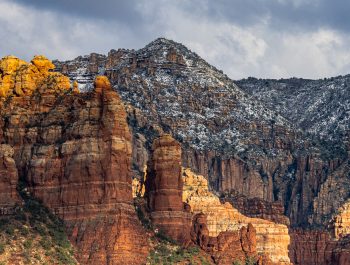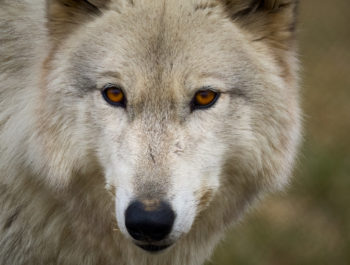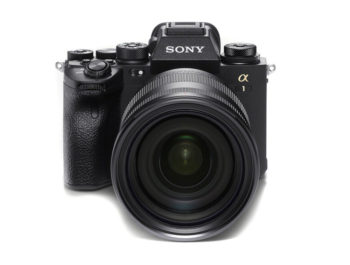Sony’s Incredible FE 135mm f1.8 GM Lens

In a recent article, I wrote about the experiences that three of my photographer friends and I shared at Bosque del Apache in late November 2019. One interesting moment occurred on the second night after we had dinner and sat around discussing photography practice and gear. One friend asked me which lenses I brought with me and why. I explained that I brought four Sony lenses, the new FE 200-600mm f5.6-6.3 G zoom lens, the recently introduced FE 135mm f1.8 GM lens, the Sony-Zeiss 55mm f1.8 lens, and the FE 16-35mm f2.8 GM wide-angle zoom lens. The only lens choice that aroused curiosity was the 135 mm f1.8 GM.
“To me, that seems like a very specialized lens with limited capability for Sandhill Crane photography. What’s your thinking behind that choice?”, my friend from Minnesota asked. I knew that this wasn’t a disparaging question and that he was genuinely interested in exploring a different and possibly more productive approach. And, candidly, the 135mm focal length has always been an odd one. It’s a little too long for balanced portraits and too short for most telephoto work. However, I had used this lens over the previous six months for about 400 images of diverse subjects, and it had become my favorite lens for achieving absolute top-notch image quality regardless of the subject.
But, the question made me remember my last year in college when in 1959 I bought my first interchangeable lens camera, a Canon VI-T rangefinder camera with a 50mm f1.8 normal lens. Later that year, I bought a moderate wide-angle lens and a 135mm f4 telephoto lens which was the longest affordable lens available at that time. To make up for the limited coverage of my meager outfit, I quickly learned two important principles that I never forgot. First, try not switching lenses to change perspectives; but, use your feet instead to change positions for the same purpose. Second, every now and then, carry just one lens to shoot a variety of subjects to gain broader insights, and ultimately to challenge conventions and prejudices.
I still do that on occasion, and when I became aware of the incredible image quality, sharpness and fine detail produced by Sony’s new fast 135mm GM lens, especially when used on the new Sony 61MP A7rM4, I quickly developed new uses for it. In fact, only five of the 400 images that I shot could be considered conventional portraits. My response to my friend’s question was that there are many perspectives in wildlife photography that a long telephoto won’t satisfy, particularly when dealing with atmospheric haze, lower contrast, narrower field of view, and almost non-existent depth of field. My week in Bosque del Apache bore that out, and I was able to get some images that I would not have otherwise achieved.
However, the purpose of this article is to identify specific uses for this lens that might not occur to many photographers, at least not for some time. Given that this lens is super sharp at every opening from f1.8 to f16.0, that it has excellent bokeh, and delivers outstanding image quality overall when paired with a Sony A7rM3 or M4, it will consistently produce memorable images for a wide range of uses. Roger Cicala, who tests lenses for DP Review among others said “This is the sharpest lens that I have ever tested. Period!”
So, let’s look at some of those uses.
Wildlife
Depending on where you’re standing relative to your wildlife subject, there are many circumstances where you don’t want too narrow a field of view, either because you want surrounding detail, or you need to quickly re-compose preferring to do some post-cropping rather than risk losing part of your immediate subject. The following two images were taken at close to moderate distances from the main subject. I had to compose and shoot quickly and wanted to fill the frame while retaining all-important detail.
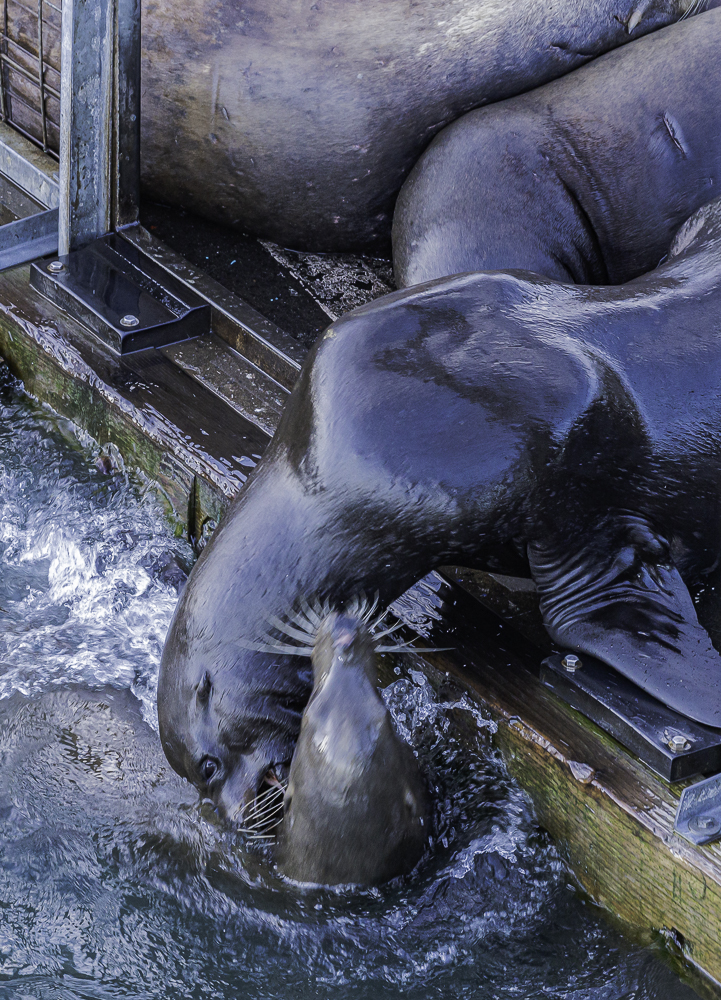

The next image simultaneously required a crisp wide-field perspective and fine close-up detail with no harshness.
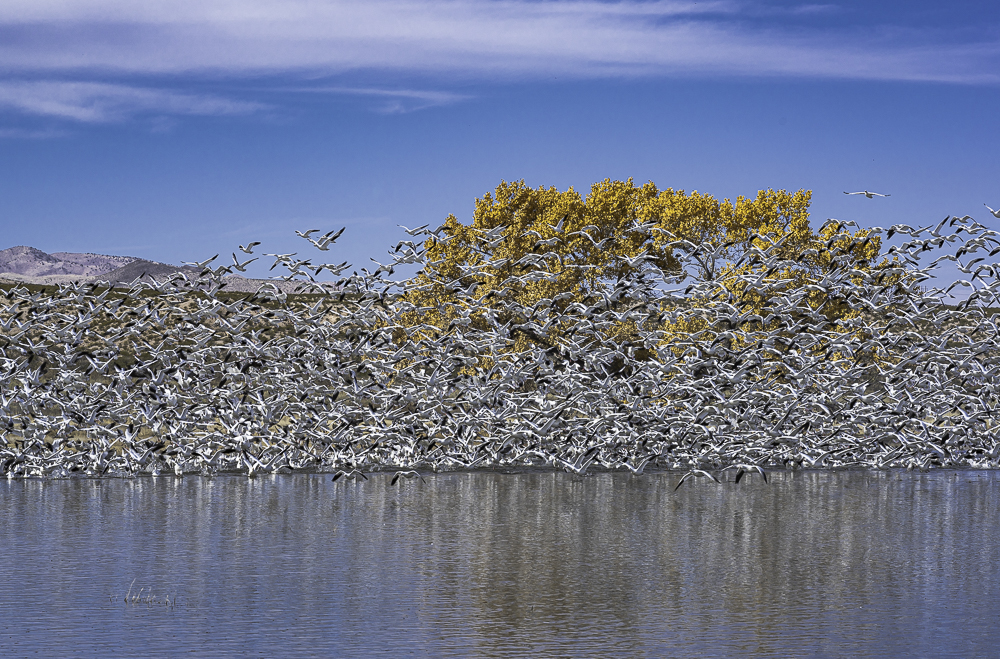
Here’s an extreme crop of the above to illustrate this point:
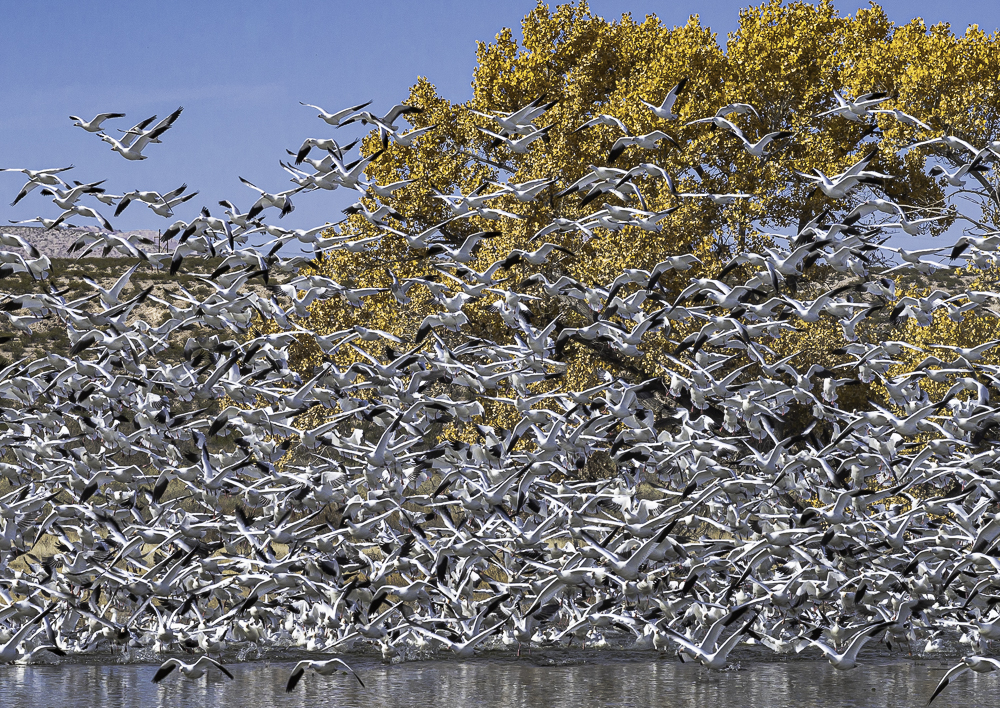
The following image was the result of a very fast grab shot. I was trying to get a photograph of a doe and her 6 or 7-month old fawn when someone shouted: “There’s another one crossing the path behind you!” In less than a second, I whirled around blindly but was able to center the second fawn in my viewfinder and get the photograph. A longer lens would have been impossible to recompose with so quickly before even seeing what I was shooting until the last fraction of a second. And a shorter lens would have resulted in a smaller subject image with considerably less detail.
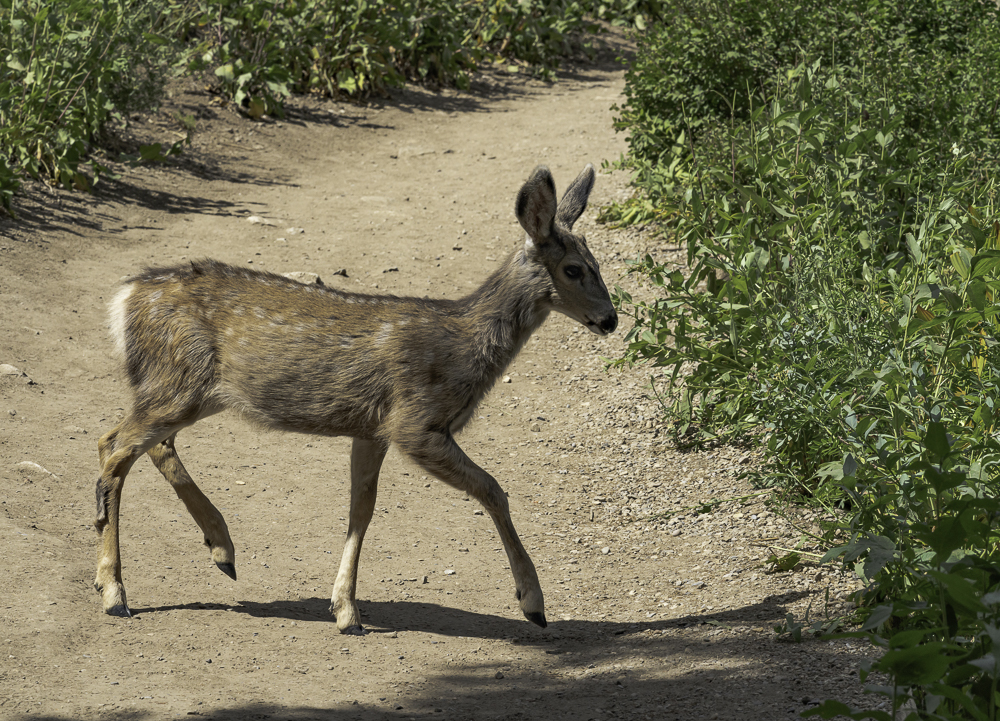
Landscapes
On occasion, there are landscapes that need to be confined to a narrow field of view. Surprisingly, a short to medium focal length is a good choice in this case, particularly when you’re standing 50 feet or more from what needs to be the foreground so that depth of field coverage is adequate. This is often the case when photographing vineyards.
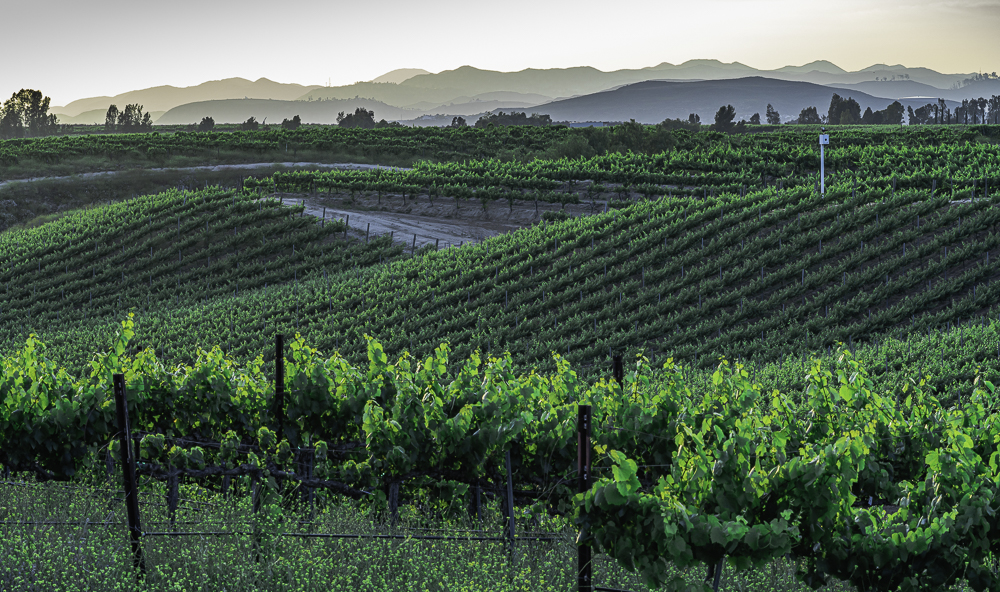
The important consideration in shooting landscapes with longer focal length lenses is that at the distance between you and the scene you’re shooting, the lens’ field of view must match that of the landscape. The further you stand from the scene in question the smaller the field of view needed. The next image is more of a vignette. I was standing about 30 feet from the weathered tree stump and needed only a sliver of background to suggest the general environment.
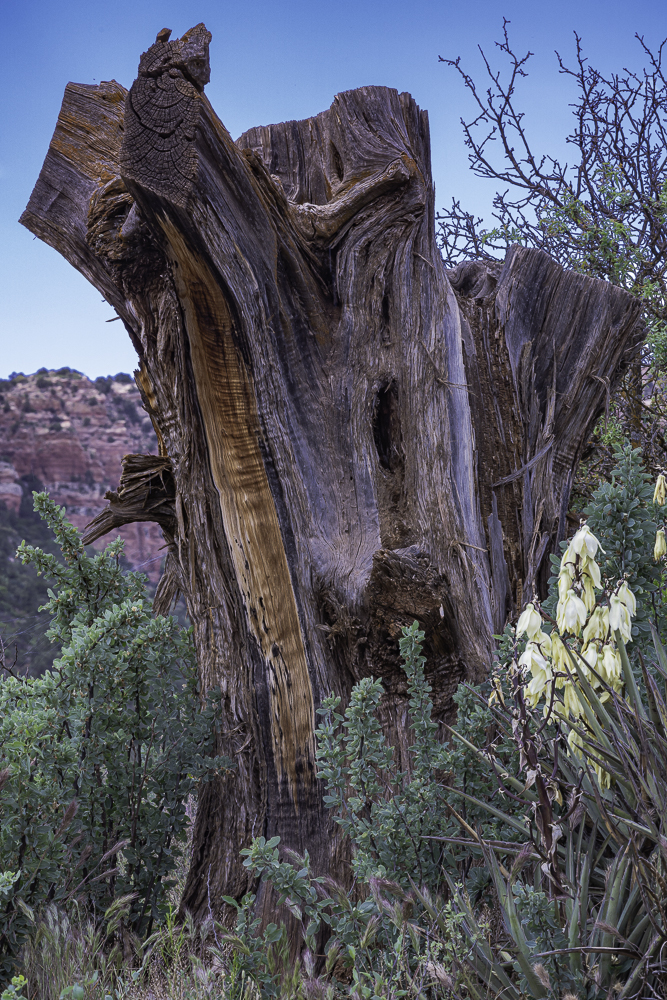
The next three images are of portions of landscapes that initiated some 100 to 200 yards from where I was standing. If I had been able to get closer, I could have used a shorter focal length. But, I could not get any closer, and 135mm was well matched to my intended field of view. For these images to be successful the lens and camera had to handle low early dawn light, fog and high contrast late afternoon light and produce crisp edges along with acceptable detail.
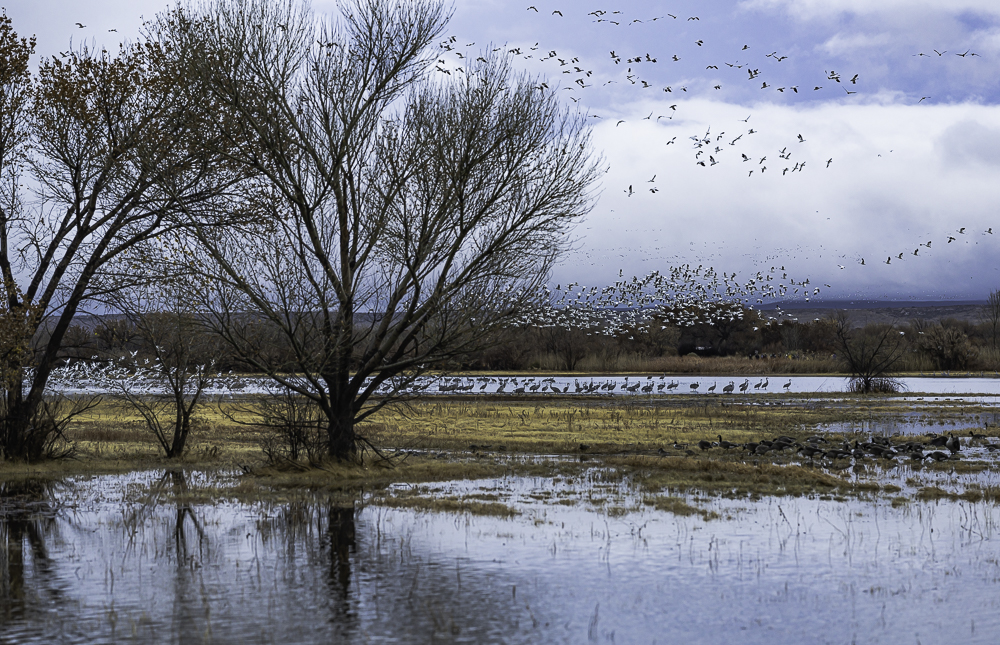
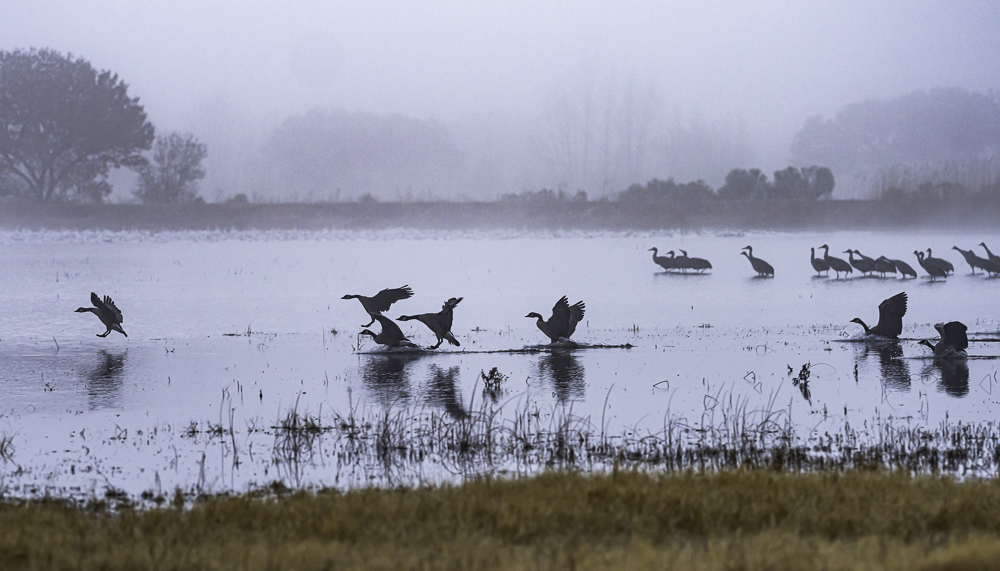
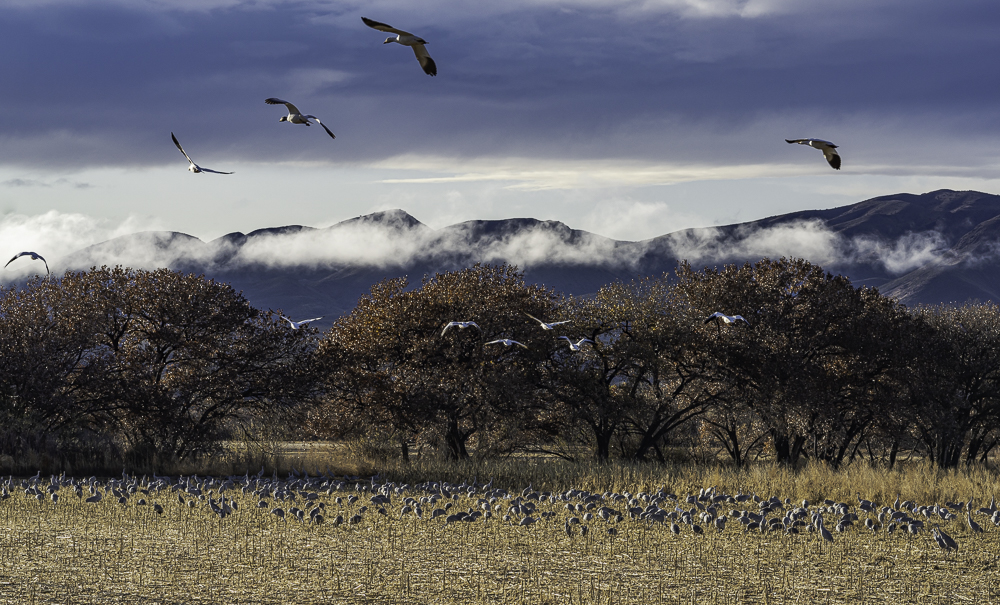
General Photography
Because of its combination of extreme sharpness and smooth bokeh, the Sony FE 135mm f1.8 GM lens is a great choice for photographing flowers and plants. The ability of this lens to isolate the subject in a pleasing way is outstanding. To do this effectively, attention must be paid to the lens opening for the optimum depth of field at specific distances from the subjects. The most often used f-stops to achieve this balance is f9.0 to f16.0. In many lenses, f16.0 starts to generate some softness due to diffraction of light passing through small openings. This is less true with a 135mm focal length and larger diaphragm opening for the same f-stop. The next three images can be considered to have achieved successful balance.
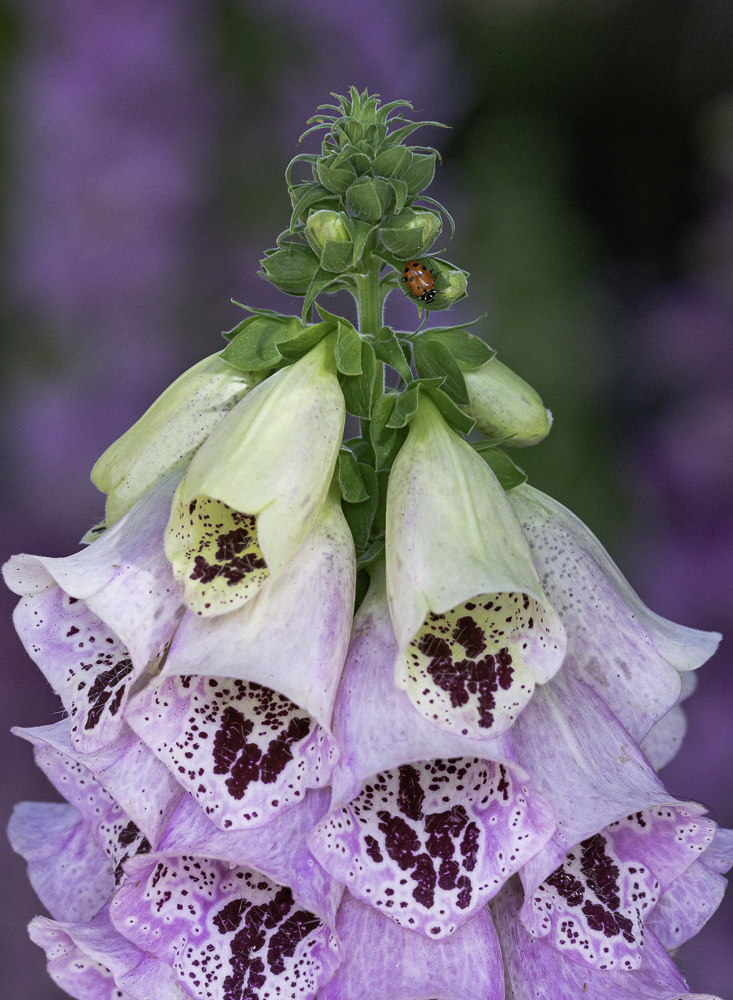
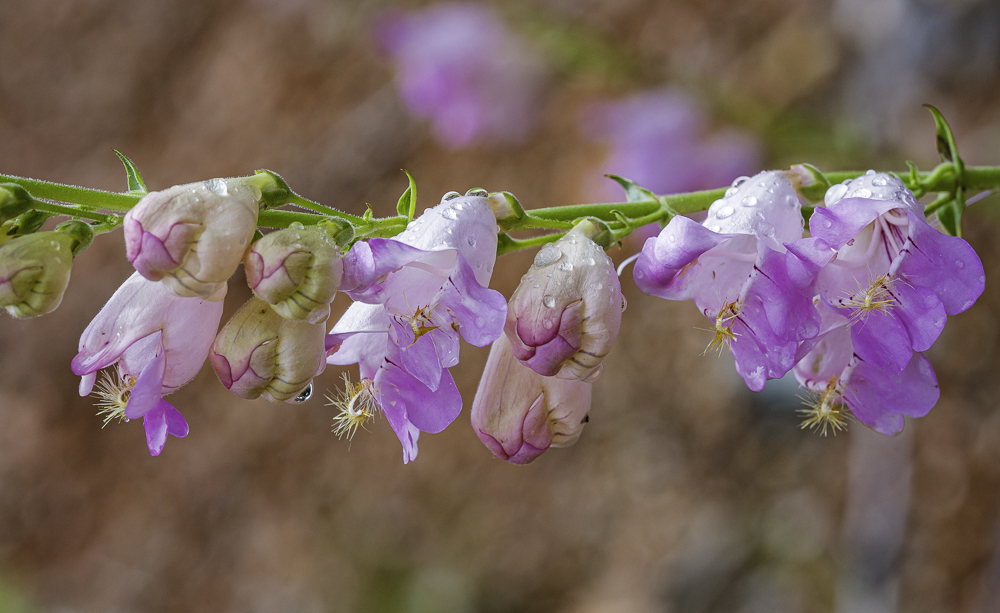
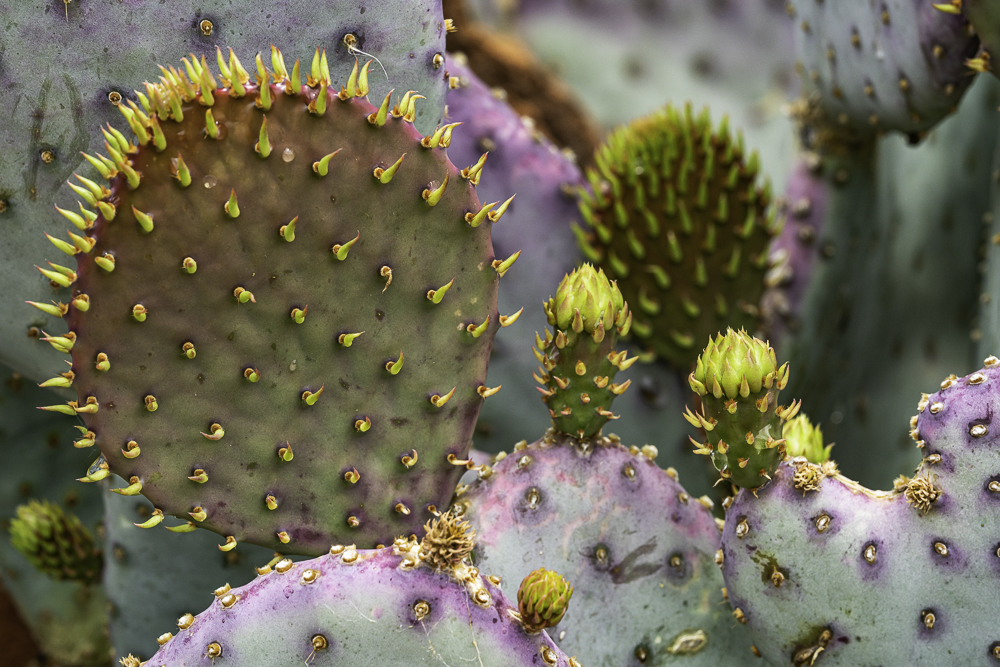
Close-up Work
Perhaps the least obvious use for the 135mm f1.8 GM lens is taking close-up photographs. Now, many lenses have the capability to focus close to the subject. But, with respect to reproduction ratios, they are in no way competitive with true macro lenses which produce unenlarged images with 1:2 to 1:1 reproduction ratios. However, this new Sony lens, when used on a high-resolution camera like the 61MP A7rM4 or even on the 41MP A7rM3 can ultimately achieve macro-like images through cropping.
For starters, this 135mm GM lens has a longer focal length than all but a few true macro lenses. Additionally, at 27 inches, it focuses considerably closer than most other lenses in this category. So, the main subject will occupy a larger portion of the image starting out.
But, the real kicker is that its extreme sharpness allows it to fully exploit high resolution 35mm size sensors. This means that an image taken from a greater distance than would be the case with macro lenses can be cropped to restrict coverage to the central part of the image with no less detail than what would be produced by a macro lens mounted on a camera with more moderate resolution. The great bokeh produced by this lens also makes the out of focus areas more pleasing than what is normally produced by most macro lenses.
The only caveat is that this lens has a razor-thin depth of field (DOF) at close distances. So, for these kinds of images, the diaphragm should be set at f11.0 or f16.0. The main consideration is to have a DOF that is deep enough to cover the most important parts of the image.
The following two images illustrate the achievable macro effect of the 135mm f1.8 GM lens. The first of these is the original uncropped image. The second image is the result of substantial cropping to focus on the interior of the cactus bloom.
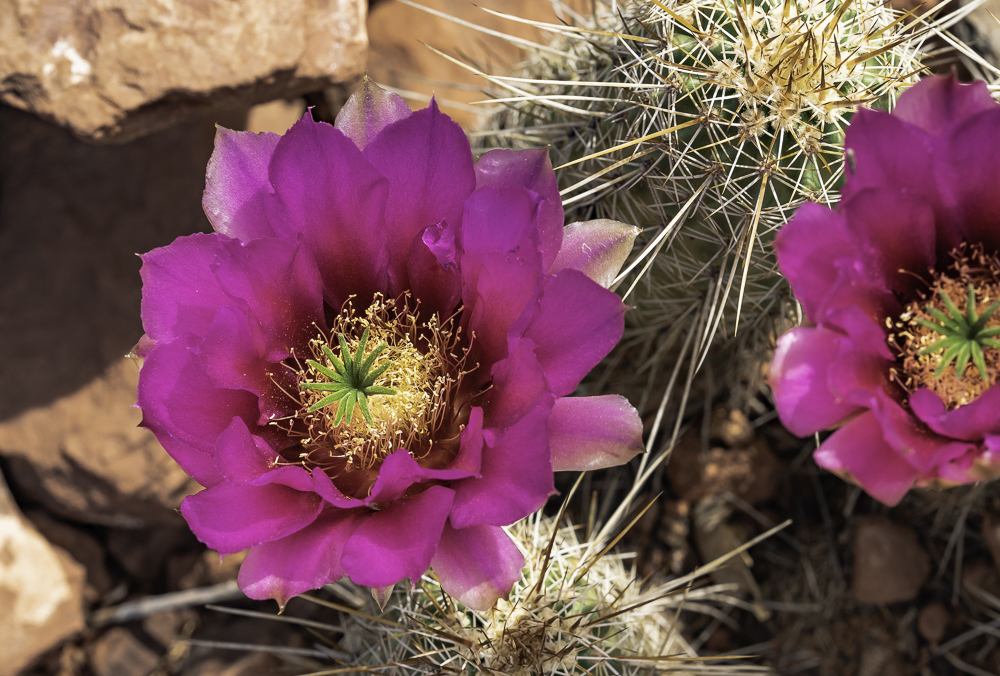
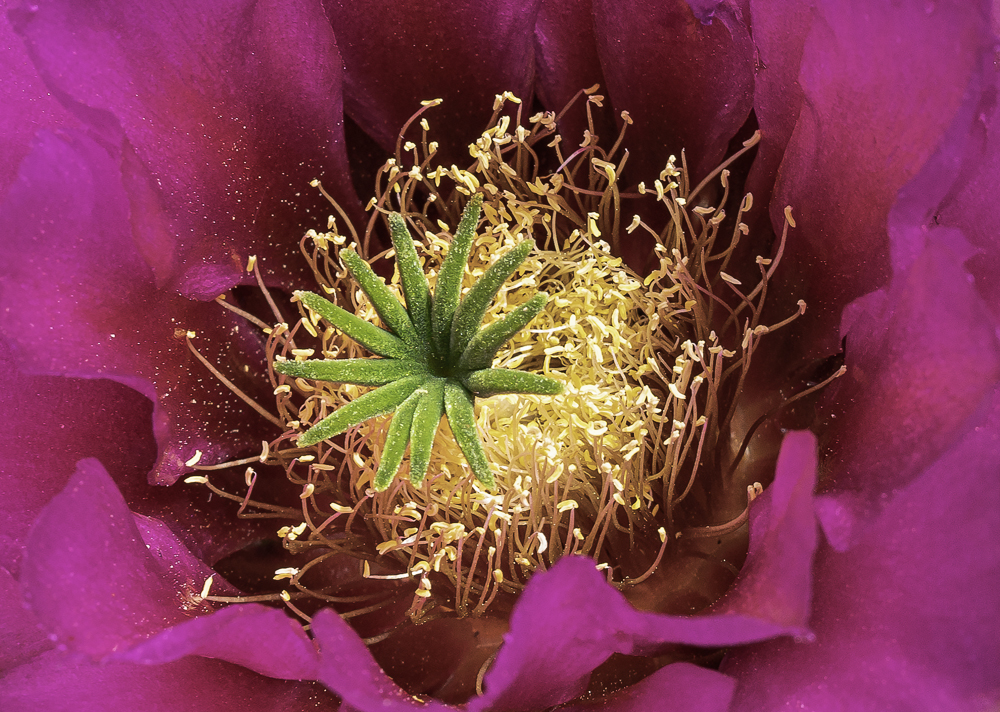
I went through the same procedure to produce the next image of two “lovebugs” in another Hedgehog Cactus bloom.
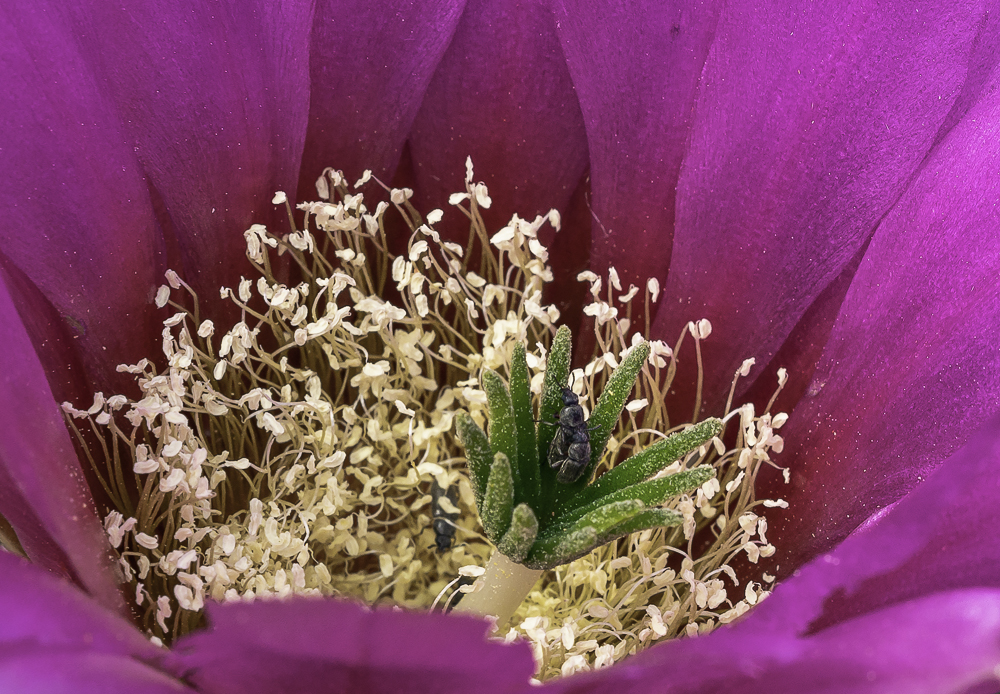
The next image involved minimal cropping, but still gives a macro effect because of the fine detail in the foreground elements, and takes advantage of the well-controlled bokeh that is characteristic of this lens.
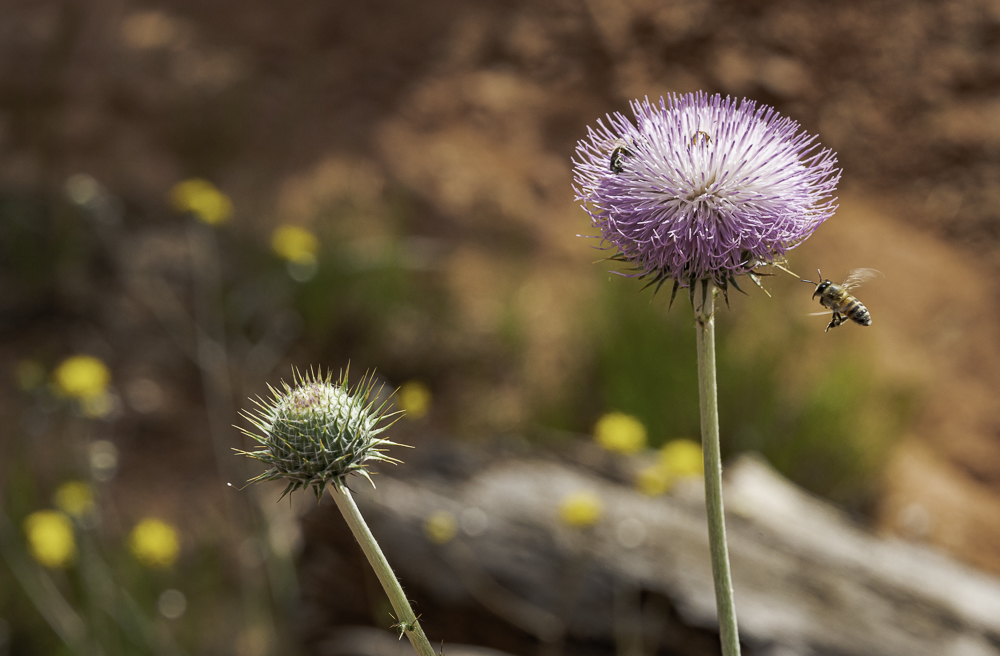
For comparison, the opening image and the following two images were taken with the FE 135mm f1.8 GM lens mounted on Sony’s new A7rM4 camera. The three butterflies were taken from approximately the same distance as was the Artichoke bloom. However, the higher resolution of the A7rM4 allowed for more cropping for an effective composition in which the background is less important.
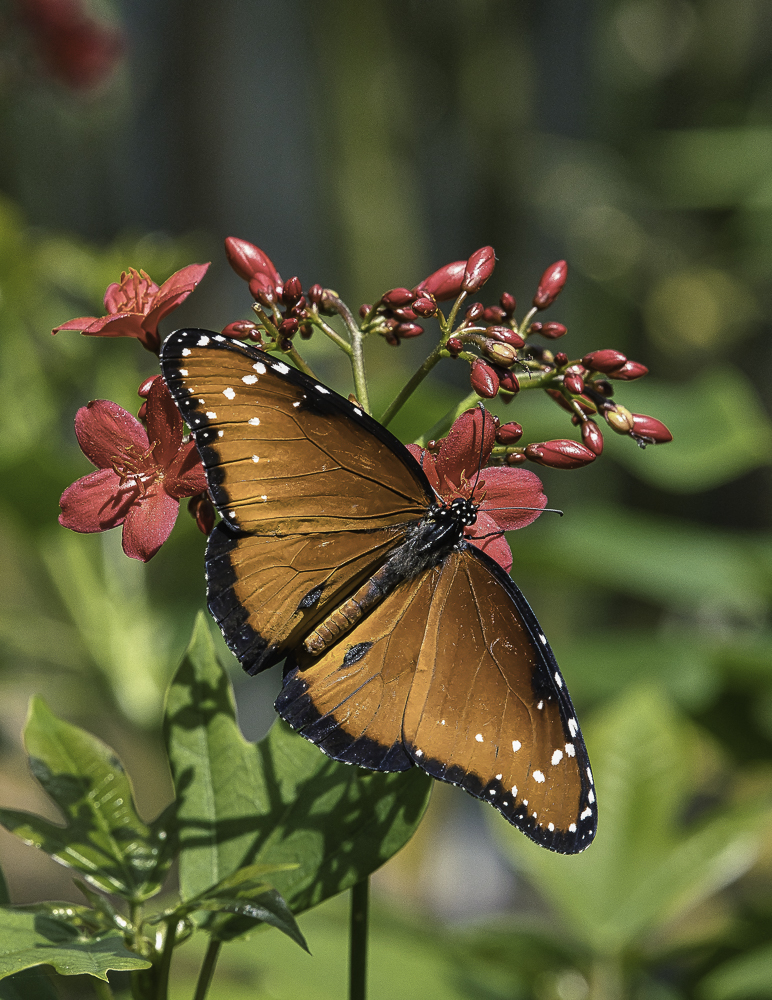

Additional Comment
Much of the initial comment on the Sony FE 135mm f1.8 GM lens understandably centered on more conventional use of it for fashion and informal portraiture. I hope that I have made an effective case for keeping this lens in the camera bag on all photoshoots. It is both phenomenal and versatile. My own experience with it has already paid off. The North American Nature Photographers Association (NANPA) selected the Foxglove image and the “Lovebug” image to be included in their annual Expressions publication for 2020. The Foxglove image finished in the top 100 images out of some 3800 submissions, while the “lovebugs” image finished in the top 250, all of which will appear in Expressions 2020.
Disclaimer
I do not have any business connection with Sony other than buying their equipment for over eleven years, during which time I have owned all of the A7r models and almost all of the 6000 and RX-100 series, plus many lenses. I even owned a Sony A-900 DSLR, for which I received a lot of razzing from Jack Dykinga (National Geographic magazine & others) when he stayed at my house in Sedona in May of 2010 and we went shooting together with another friend. Jack is a long-time Nikon shooter, and I was still using Nikons and Sony’s. That whole day he called me “Mr. Sony-man”. I smiled and said nothing. But I feel that time has vindicated my choices.
Harvey Stearn
January 2020
Sedona, AZ
To see the scope and essence of Harvey Stearn's photographic art please visit www.CameraStops.com. Mr. Stearn began photographing Western landscapes and wildlife at the age of 13, spent 50 years pursuing his passion in the field and in the darkroom before fully converting to digital photography in 2002. He developed color prints as well as monochrome, but switched over to digital capture and editing in 2002. Though he was a top executive for two large scale land development and home building corporations, he always found time for his fine art photography which won many awards. His work was exhibited in art museums in Southern California and Arizona, and was also featured in billboard advertisements and published in magazines. Mr. Stearn served on the California Arts Council for nine years, including two years as Chairman and another two as Vice Chairman. In addition, he was the founding Chairman of the John Wayne Airport Arts Commission in Orange County, California. Mr. Stearn’s work was sold through Arizona galleries for 15 years. In recent years he wrote 33 illustrated articles for PhotoPXL.com and 14 articles for Luminous-Landscape.com. In 2013 he published a book entitled “In Search of the Old West” which has been widely acclaimed. He was a guest lecturer on photography on a cruise ship visiting Chile, Argentina, Uruguay and the Falkland Islands. His work was among the top 100 images printed in NANPA's Showcase publications in 2019 and 2020. Images have been edited and selected for two new books on Landscape photography which will be published in late 2024 and early 2025.






